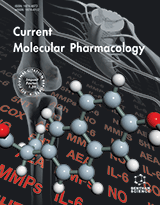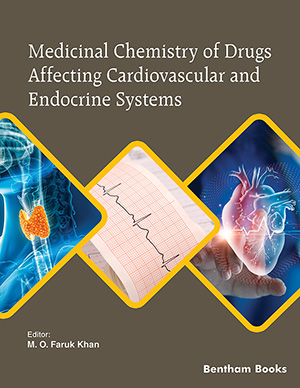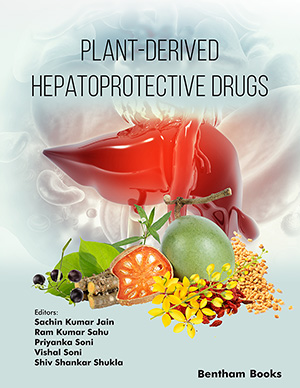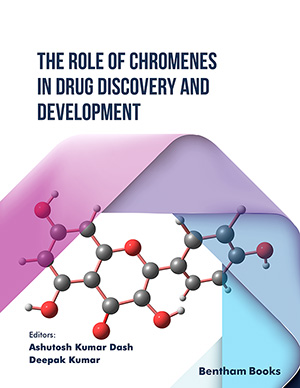Abstract
Background: The enhancement of learning and memory through food-derived ingredients is of great interest to healthy individuals as well as those with diseases. Ergothioneine (ERGO) is a hydrophilic antioxidant highly contained in edible golden oyster mushrooms (Pleurotus cornucopiae var. citrinopileatus), and systemically absorbed by its specific transporter, carnitine/organic cation transporter OCTN1/SLC22A4.
Objective: This study aims to examine the possible enhancement of object recognition memory by oral administration of ERGO in normal mice.
Methods: Novel object recognition test, spatial recognition test, LC-MS/MS, Golgi staining, neuronal culture, western blotting, immunocytochemistry, and quantitative RT-PCR were utilized.
Result: After oral administration of ERGO (at a dose of 1–50 mg/kg) three times per week for two weeks in ICR mice, the novel object recognition test revealed a longer exploration time for the novel object than for the familiar object. After oral administration of ERGO, the spatial recognition test also revealed a longer exploration time for the spatially moved object than the unmoved one in mice fed ERGO-free diet. The discrimination index was significantly higher in the ERGO-treated group than the control in both behavioral tests. ERGO administration led to an increase in its concentration in the plasma and hippocampus. The systemic concentration reached was relevant to those found in humans after oral ERGO administration. Golgi staining revealed that ERGO administration increased the number of matured spines in the hippocampus. Exposure of cultured hippocampal neurons to ERGO elevated the expression of the synapse formation marker, synapsin I. This elevation of synapsin I was inhibited by the tropomyosin receptor kinase inhibitor, K252a. Treatment with ERGO also increased the expression of neurotrophin-3 and -5, and phosphorylated mammalian target of rapamycin in hippocampal neurons.
Conclusion: Oral intake of ERGO may enhance object recognition memory at its plasma concentration achievable in humans, and this enhancement effect could occur, at least in part, through the promotion of neuronal maturation in the hippocampus.
Keywords: Ergothioneine, object recognition memory, neuronal maturation, hippocampus, neurotrophin, organic cation transporter.
[http://dx.doi.org/10.7861/clinmedicine.16-3-247] [PMID: 27251914]
[http://dx.doi.org/10.12688/f1000research.14506.1]
[http://dx.doi.org/10.1016/j.jamda.2016.11.002] [PMID: 28043802]
[http://dx.doi.org/10.1016/j.neuroscience.2009.02.008] [PMID: 19409206]
[http://dx.doi.org/10.1038/srep08075] [PMID: 25627672]
[http://dx.doi.org/10.1002/mnfr.201500634] [PMID: 26643409]
[http://dx.doi.org/10.1074/jbc.M112.406413] [PMID: 23105098]
[http://dx.doi.org/10.1016/j.yrtph.2015.12.009] [PMID: 26713891]
[http://dx.doi.org/10.1007/s11095-010-0076-z] [PMID: 20224991]
[http://dx.doi.org/10.1002/1873-3468.13123] [PMID: 29851075]
[http://dx.doi.org/10.1073/pnas.0408624102] [PMID: 15795384]
[http://dx.doi.org/10.1124/dmd.110.032763] [PMID: 20601551]
[http://dx.doi.org/10.1002/brb3.477] [PMID: 27134772]
[http://dx.doi.org/10.1016/S0278-6915(99)00098-8] [PMID: 10566875]
[http://dx.doi.org/10.1016/j.fct.2010.09.030] [PMID: 20932872]
[http://dx.doi.org/10.1016/j.fct.2012.08.021] [PMID: 22921351]
[http://dx.doi.org/10.1371/journal.pone.0089434] [PMID: 24586778]
[http://dx.doi.org/10.1371/journal.pone.0084918] [PMID: 24392160]
[http://dx.doi.org/10.1136/jnnp-2014-309676] [PMID: 25795009]
[http://dx.doi.org/10.1016/j.bbrc.2016.07.074] [PMID: 27444382]
[http://dx.doi.org/10.3109/10715762.2014.920954] [PMID: 24797165]
[http://dx.doi.org/10.1016/j.xphs.2016.02.023] [PMID: 27020986]
[http://dx.doi.org/10.1016/j.neuint.2012.08.004] [PMID: 22944603]
[http://dx.doi.org/10.1111/j.1471-4159.2005.02999.x] [PMID: 15773908]
[http://dx.doi.org/10.1016/j.cellsig.2018.10.012] [PMID: 30359715]
[http://dx.doi.org/10.1093/bioinformatics/btr390] [PMID: 21727141]
[http://dx.doi.org/10.1038/nmeth.2019] [PMID: 22743772]
[http://dx.doi.org/10.1074/jbc.270.31.18531] [PMID: 7629182]
[http://dx.doi.org/10.1111/j.1460-9568.2005.03875.x] [PMID: 15673450]
[http://dx.doi.org/10.1002/hipo.20163] [PMID: 16411241]
[http://dx.doi.org/10.1007/s12272-012-0116-9] [PMID: 22297753]
[http://dx.doi.org/10.1016/j.pnpbp.2013.05.001] [PMID: 23665290]
[http://dx.doi.org/10.1136/bmj.329.7466.585] [PMID: 15361422]
[http://dx.doi.org/10.1891/194589504787382839]
[http://dx.doi.org/10.1271/bbb.59.1267] [PMID: 7670187]
[http://dx.doi.org/10.1016/j.pnpbp.2010.05.031] [PMID: 20677367]
[PMID: 18184344]
[http://dx.doi.org/10.1017/S1461145711000356] [PMID: 21473810]
[http://dx.doi.org/10.1002/(SICI)1097-4695(199908)40:2<254::AID-NEU11>3.0.CO;2-4] [PMID: 10413455]
[http://dx.doi.org/10.1007/s00221-010-2355-7] [PMID: 20640412]
[http://dx.doi.org/10.1016/j.expneurol.2013.08.012] [PMID: 24017996]
[http://dx.doi.org/10.1073/pnas.91.18.8607] [PMID: 8078930]
[http://dx.doi.org/10.1016/0003-9861(90)90410-Z] [PMID: 2383023]
[http://dx.doi.org/10.1016/j.jss.2004.06.016] [PMID: 15522321]
[http://dx.doi.org/10.1016/j.jss.2007.04.020] [PMID: 17603080]
[http://dx.doi.org/10.1016/j.ypmed.2011.12.006] [PMID: 22197759]
[http://dx.doi.org/10.1111/j.0142-5463.2005.00265_2.x] [PMID: 15744438]
[http://dx.doi.org/10.1371/journal.pone.0169360] [PMID: 28114402]































